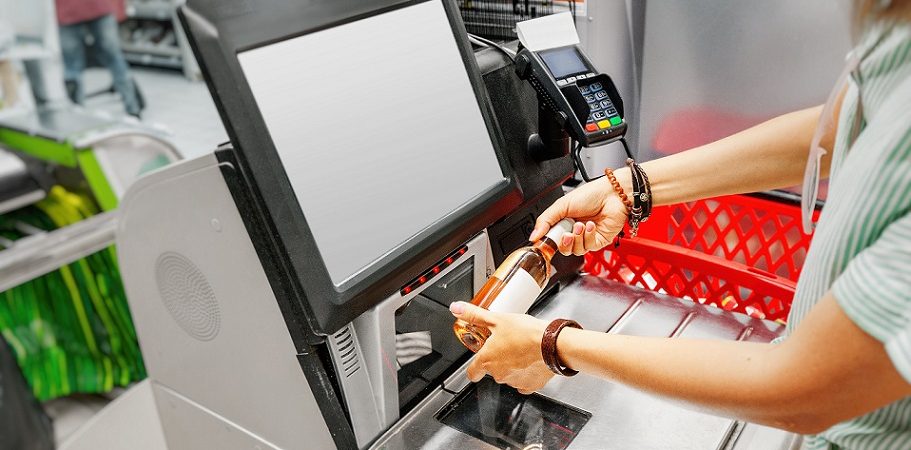Antonio Castilho, Director of Retail at Diebold Nixdorf Brazil, addresses the innovations and advantages of the self-checkout service.
Learn a new recipe, research everything before deciding which new cell phone to buy and build your own playlist. For sure, a concept that has gained prominence in our lives in recent years is the Do It Yourself (DIY) logic.
It is a fact that, among the many changes brought about by Digital Transformation, access to technology has allowed power to be in our hands, including payments.
In an increasingly experience-oriented world, people most want to have easy, practical and safe service proposals.
In this scenario, self-checkout is a fundamental way to take physical retail into the future, especially in the new reality brought by the COVID-19 pandemic in which safety and hygiene precautions and social distancing became present in the routine of consumers.
The offer of self-service for payment has proved to be an essential solution for several reasons. We can highlight the possibility of building more convenient journeys for customers avoiding unnecessary contact and risk.
Another important aspect is ensuring more efficiency for retailers and consumers, allowing, for example, store service teams to help customers at other points in the shopping experience.
It is not by chance that, according to research by Global Market Insights, the self-service market expects to grow about 11% per year until 2027. It is estimated that, by then, investment in such technologies should exceed the US$6.5 billion mark worldwide, up from approximately US$3.5 billion in 2020.
From the customer’s point of view, self-checkout tools are a step forward in simplifying and streamlining the purchase process. The gain, however, can go beyond that by also allowing companies to think about ways to ensure personalized offers to each customer, reinforcing loyalty, for example.
Therefore, retailers must consider self-service checkouts as an opportunity to reduce the bottlenecks of service offers and, above all, as a shortcut to integrate and maximize services.
Including more intelligence and automation in payment is a way to bring physical service closer to the practicality and speed of online commerce – especially because Brazilians will not leave their lives outside their homes behind, as we have seen.
According to a survey by the consultancy Box1824, more than half of Brazilians say they prefer to shop in physical stores, even if their purchases are different than before.
In other words, retailers need to understand that innovation initiatives should not focus only and exclusively on the virtual space and e-commerce. On the contrary, it is necessary to assimilate that the real world will continue to be a key component of business, even with the growing power of digital in our routines.
It is this reality that self-checkout solutions address by simplifying the integration of online and offline (O2O). By installing self-service, retailers are creating a smarter, more convenient and faster environment for consumers, as well as being potentially more secure and focused on personal consumption histories and profiles.
It is because the most modern and connected self-checkout terminals can allow, among other things, the consolidation of promotions truly aligned with the consumer profile and consumption history, following the consumer’s complete journey.
It includes what consumers had already seen or purchased in the virtual store and app, for example, and other in-store purchases. In this way, retailers can drive really attractive loyalty programs.
The same scenario applies to the banking sector. The most modern self-service tools represent the chance to promote specific marketing campaigns or to provide rates and credit conditions that are much more personalized. In addition, these machines rely on advanced technology to be managed and supported with more precision, boosting the availability of services even in peak moments or unforeseen situations.
These are advantages that we must consider when talking about innovation for retail. There are already dozens of successful examples worldwide showing how self-service can reinforce customer satisfaction and help connect digital and physical strategies. And that is what matters because there is no longer any doubt that strategic plans should not be thought of in separate silos.
In an increasingly omnichannel world, with multiple platforms sharing the same information, it is crucial to develop a safe and efficient ecosystem. But in this hyper-connected world, we must remember that the customer insists on having decision-making power and experience always at their disposal, wherever they are.



